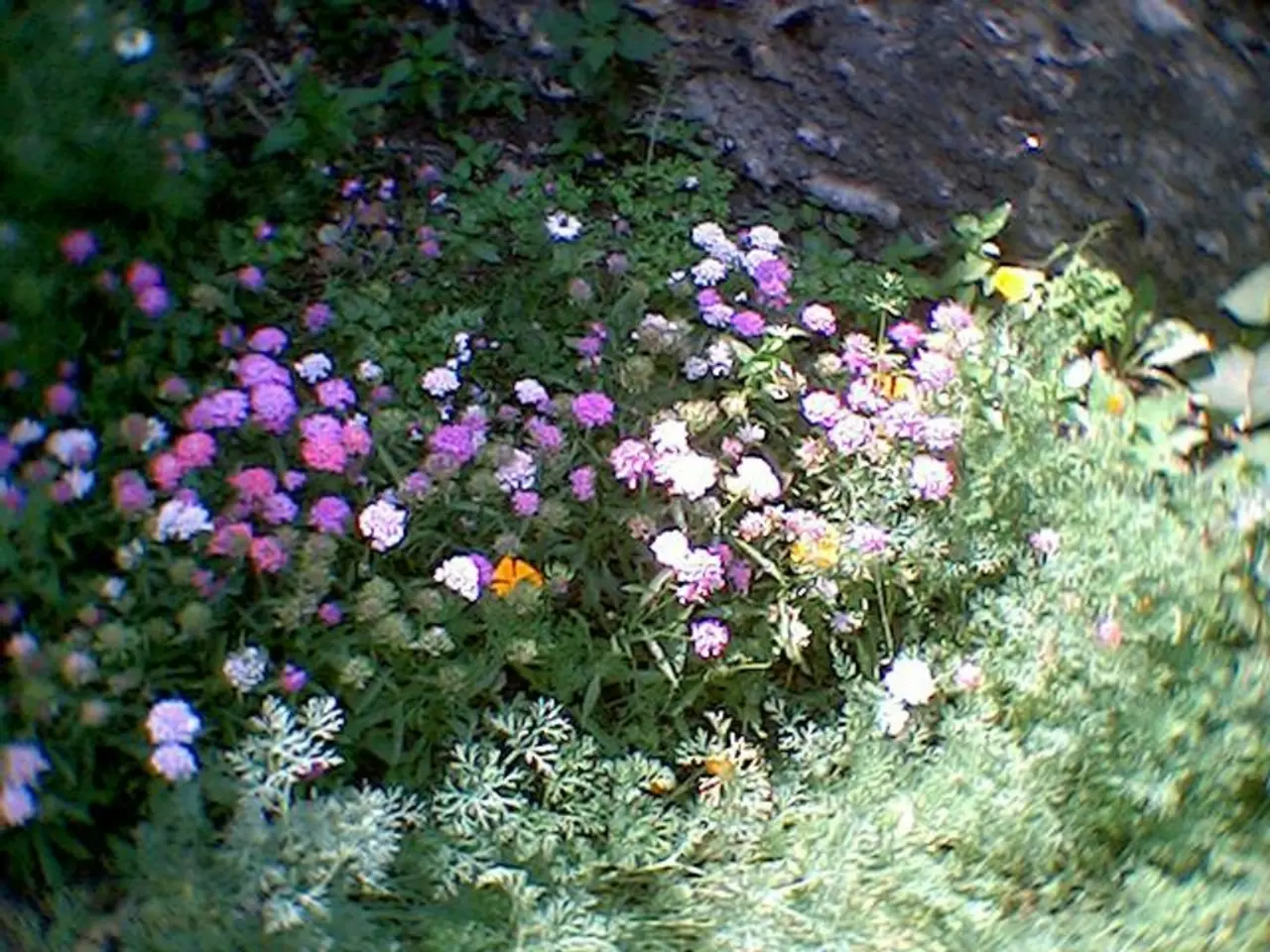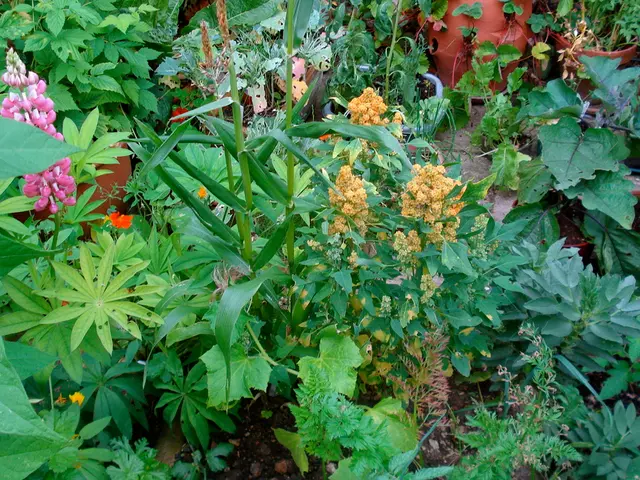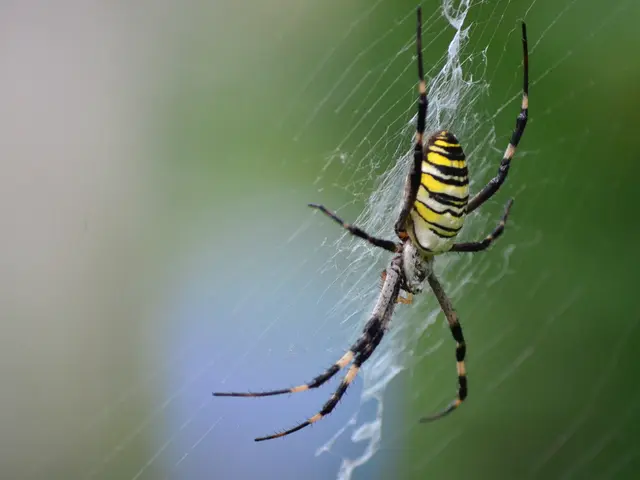Top 5 Accurate Plant Identification Tools for Easy Plant Recognition
In the world of horticulture and nature enthusiasts, plant identification apps have become invaluable tools. These digital aids help users identify a vast array of flora, from common flowers to exotic species, and provide valuable information about their care and growth. Here's a roundup of some of the best plant identification apps available in 2025.
**Plant App - Plant Identifier**
With a database of over 46,000 plant species and boasting a 95% accuracy rate, Plant App is a leading contender in the plant identification app market. This app leverages the latest AI technology to provide instant identifications, complete with a plant care journal, reminders, and the ability to identify flowers, trees, and weeds. The app is free with in-app purchases, available on both Android and iOS devices.
**PlantSnap**
PlantSnap boasts a massive database of over 600,000 plant species, making it one of the most comprehensive plant identification apps available. It offers visual recognition and detailed information on species, growth, and care, as well as strong community features. However, it is a paid app, available on Android and iOS platforms.
**Seek by iNaturalist**
Seek by iNaturalist is a versatile app that identifies not only plants but also animals, fungi, and insects. It leverages AI technology and community input to provide broad identification capabilities and instant feedback. This app is free and available on Android and iOS devices, making it an accessible choice for many users.
**FlowerChecker**
For those seeking expert-based identification, FlowerChecker is an excellent choice. This app uses human botanist verification to ensure accurate responses, often within an hour. While it charges $1 per ID, it may be worth the investment for those seeking the highest level of accuracy. FlowerChecker is available on Android and iOS devices.
**Garden Answers Plant Identifier**
Garden Answers Plant Identifier is another popular choice, with the ability to recognise over 20,000 plant species. It offers safety information for kids and pets, disease and pest identification, and a large FAQ section. The app is free and available on Android and iOS devices.
**SmartPlant**
SmartPlant is an AI-powered app that not only identifies plants but also offers a personalised digital care calendar. This app is a paid app, available on Android and iOS devices.
**LeafSnap**
LeafSnap recognises over 90% of known plant species and offers side-by-side comparisons and fungi recognition. However, it does have ads and usability issues, which may detract from the user experience. LeafSnap is free with ads, available on Android and iOS devices.
**Factors to Consider When Choosing a Plant Identification App**
When choosing a plant identification app, consider the following factors:
1. **Accuracy and Database Size:** Larger databases generally yield more accurate identifications. Apps like PlantSnap with 600,000+ plants offer a broader range of species and higher accuracy. 2. **Identification Method:** Some apps use AI exclusively, while others include human expert verification. The choice between these methods depends on your preference for speed, accuracy, and cost. 3. **Additional Features:** Consider if you want extra tools like plant care instructions, community interaction, pest/disease identification, or citizen science options. 4. **Cost and Platform:** Some apps are free with in-app purchases or ads, while others may charge per identification or require subscriptions. 5. **User Experience:** Look for an intuitive UI, speed of identification, and responsiveness. Some apps may have usability issues such as intrusive ads or buggy search features.
In conclusion, PlantSnap, Plant App, and Seek by iNaturalist are among the top choices for accuracy and comprehensive databases. Apps like FlowerChecker offer expert human validation. Your choice should depend on your priority for speed, accuracy, expert input, additional plant care guidance, and budget.
In the realm of gardening enthusiasts and home-and-garden enthusiasts, technology has significantly revolutionized plant identification with the emergence of various apps. For instance, PlantSnap, with its massive database of over 600,000 plant species, is one of the most comprehensive identification apps, offering visual recognition and detailed information on species, growth, and care. Additionally, the lifestyle enhancement provided by apps like SmartPlant, which offers a personalized digital care calendar, demonstrates how technology can be integrated into everyday gardening practices.








